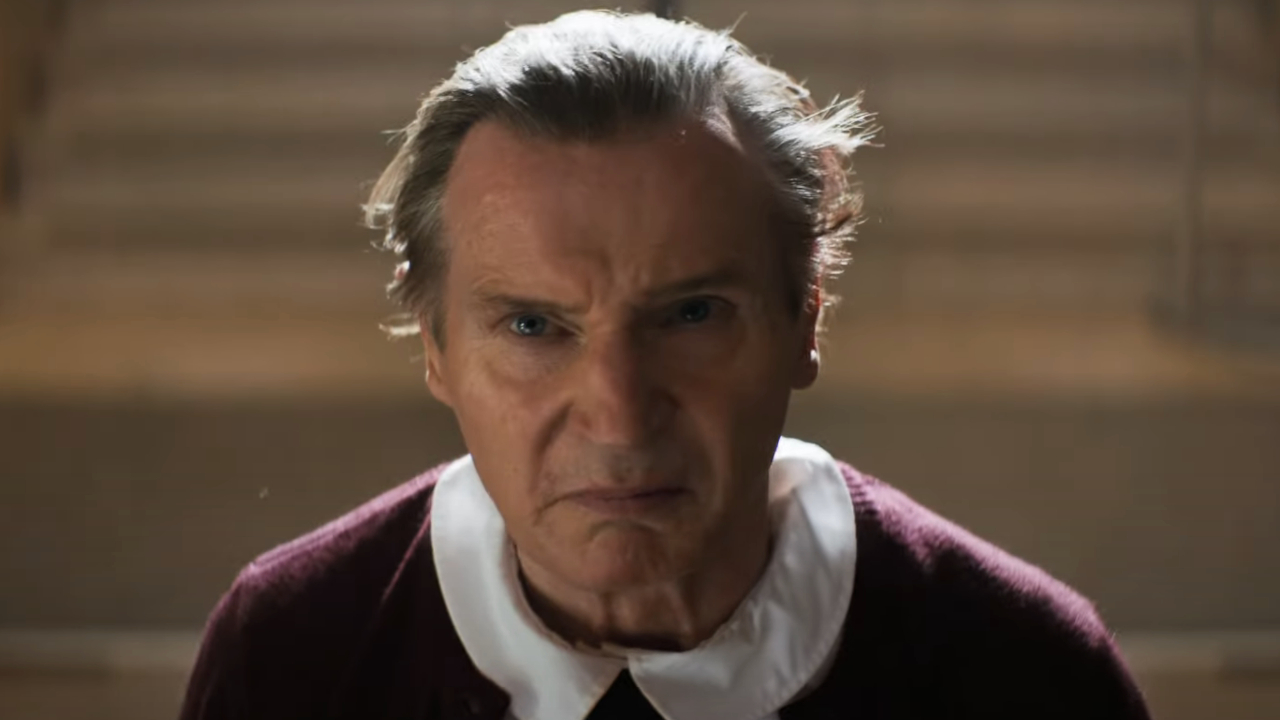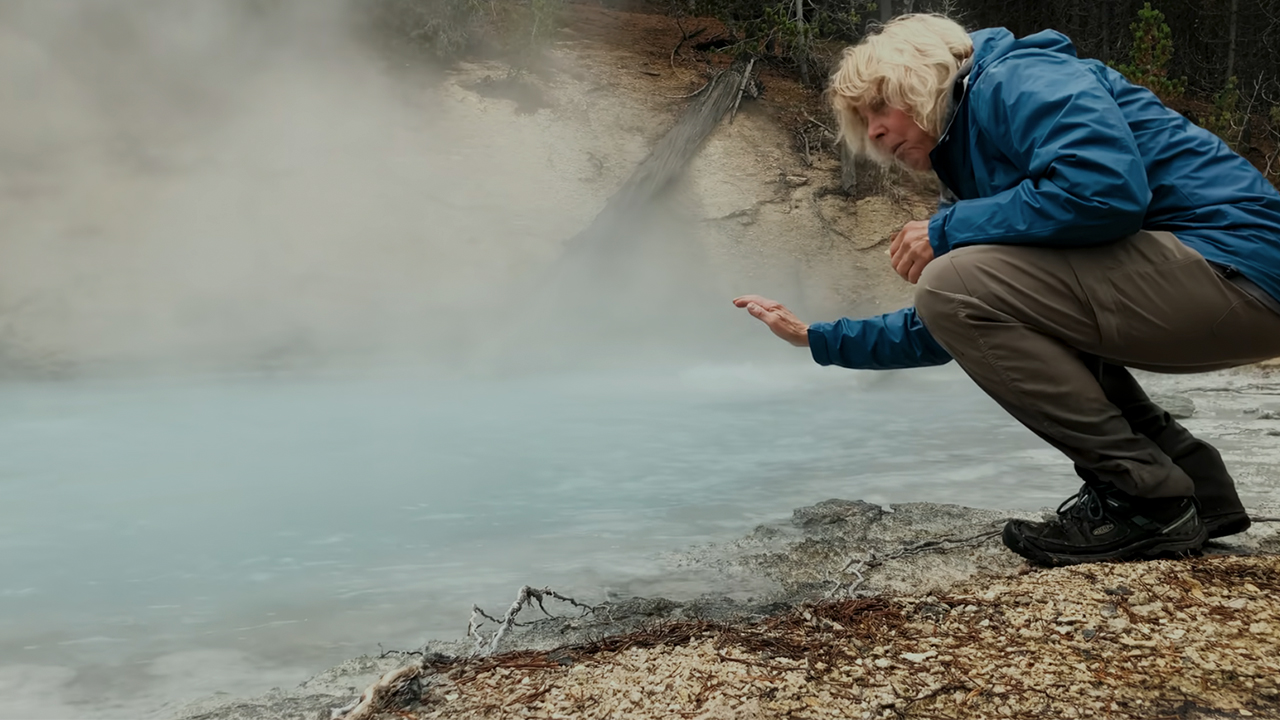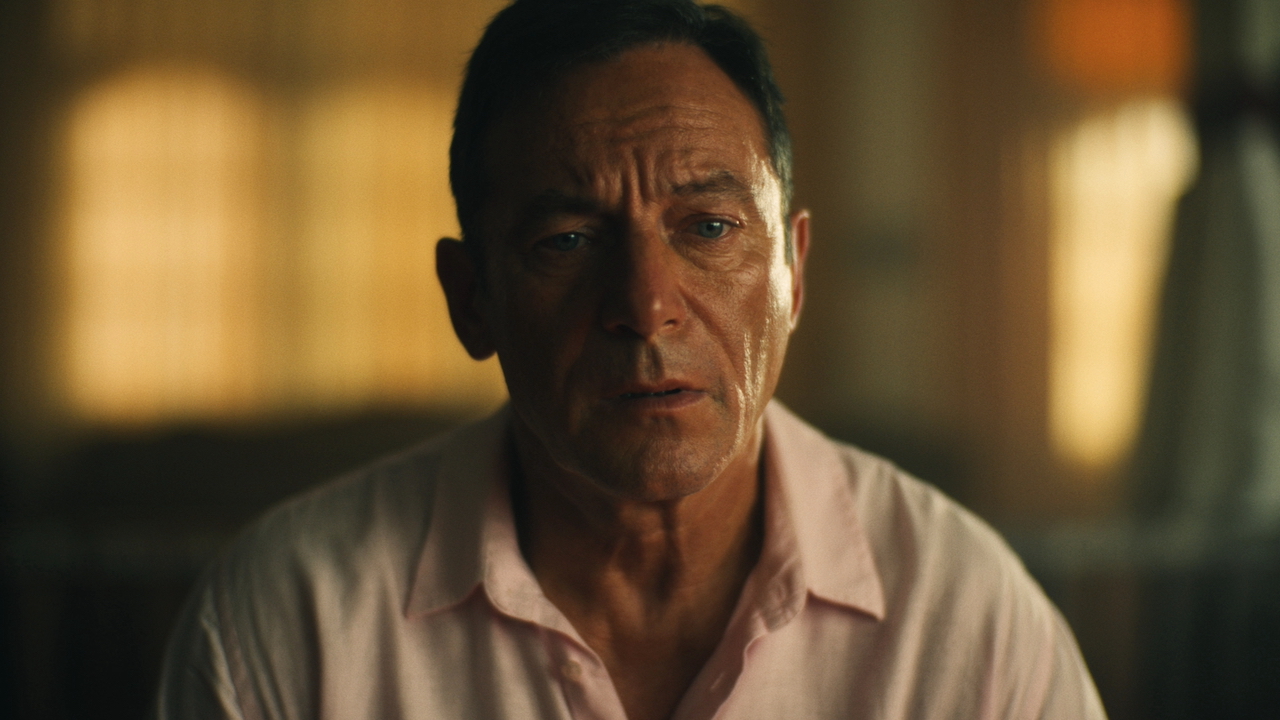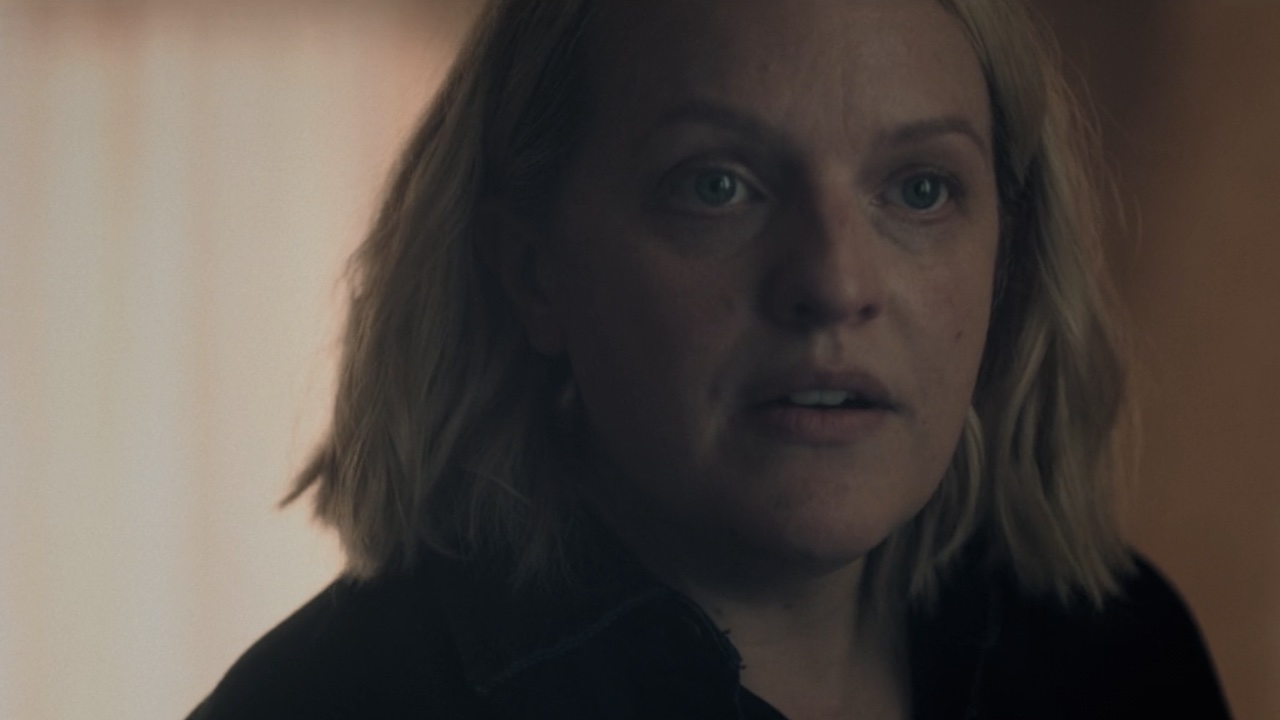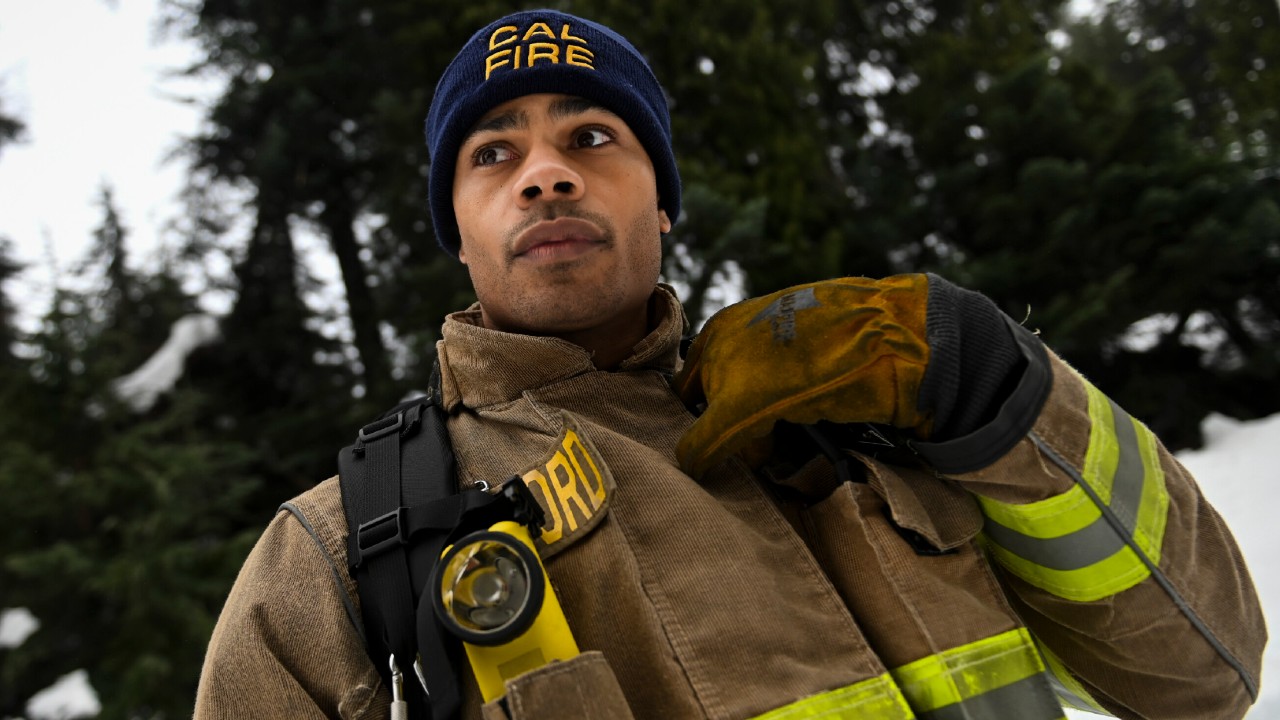Adapting Stephen King's 1408: Checking Into The Haunted Hotel Room And The 2007 Movie's Multiple Alternate Endings
John Cusack's second Stephen King movie.
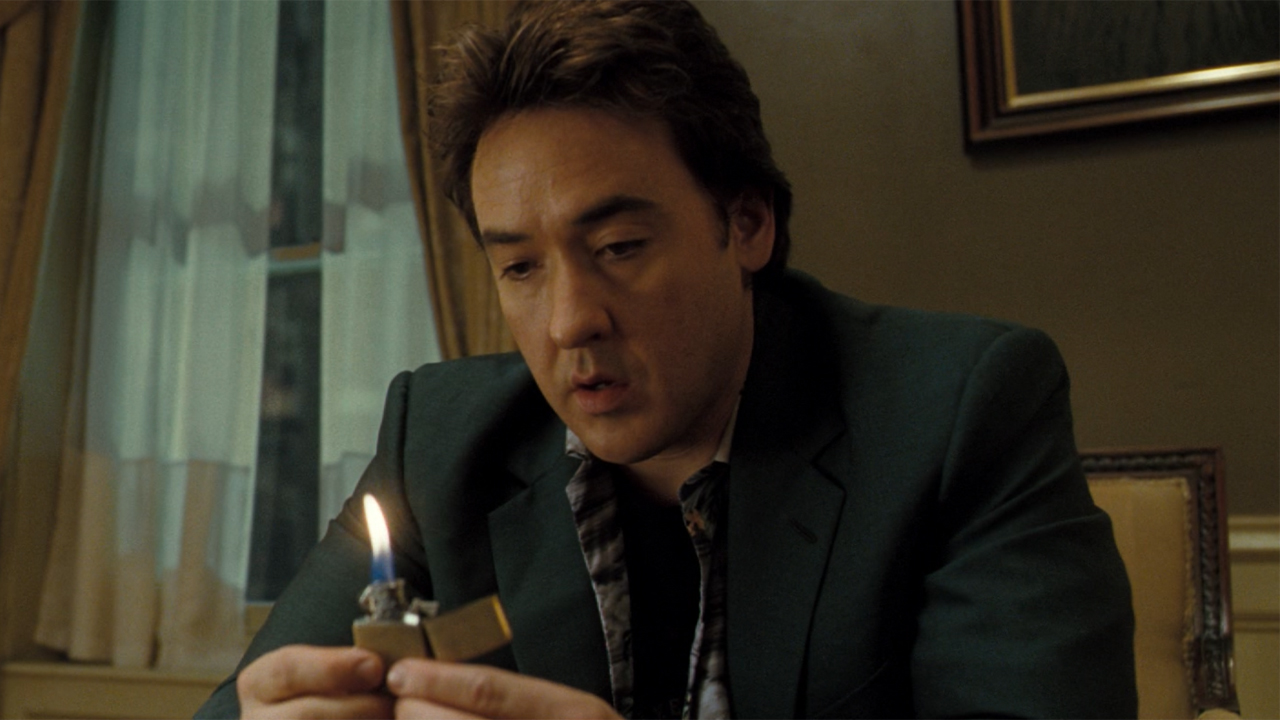
John Cusack has an interesting mixed history when it comes to Stephen King adaptations. To date, he has starred in three films based on the author’s stories, and there is a broad scale when it comes to quality. In 1986 he had a supporting role in Rob Reiner’s Stand By Me, which is unquestionably one of the greatest Stephen King movies of all time; and 30 years later he starred in Tod Williams’ Cell, which is unquestionably one of the worst (my column about that one is on schedule for September).
Right in the middle of the pack, though, is Mikael Håfström’s 1408: a solid, albeit mostly forgettable one-man show for the star.
Released in theaters on June 22, 2007, it’s one of the biggest Stephen King box office hits ever released, having made $133 million worldwide. 1408 is one of Hollywood’s greatest successes making a feature based on King short story – though it took some extra work to get finished, as test audience reactions resulted in two alternate endings being shot in addition to what’s featured in the theatrical cut. With that kind of complex history, it’s a fun study for this week’s Adapting Stephen King.
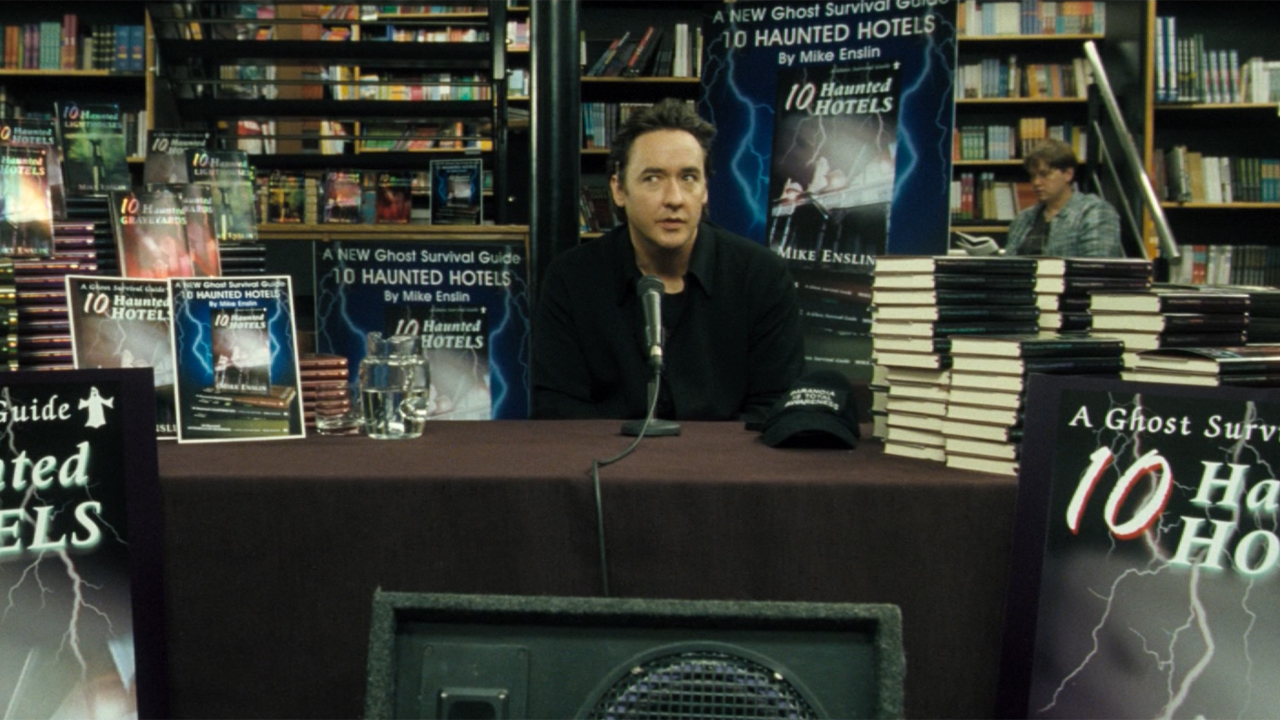
What “1408” Is About
What’s bizarre about “1408” in the Stephen King canon is that it’s not a short story that was developed with the intention of actually being written. When the author first came up with the concept and characters, the purpose was for it to be used as an example for his brilliant non-fiction book On Writing – the idea being that it would practically illustrate the points he was making about penning fiction (specifically how a piece can evolve through multiple drafts). He had already published one of the scariest haunted hotel books ever with The Shining, and, as he puts it in his essay about 1408 in Stephen King Goes To The Movies, he felt “no urge to chew [his] cabbage twice.”
Of course, Stephen King knows real potential when he sees it, and he accidentally became fascinated by Mike Enslin – a cynical and skeptical paranormal investigator who is horrified to not only discover that inhuman evil is very, very real, but that it lives inside a New York hotel room. The author became too fascinated by the protagonist to solely let him exist in a bit of sample writing, and so he committed to the piece. It was first released solely in audiobook form, part of the 1999 collection Blood And Smoke (read by King himself), but in 2002 it was published in the omnibus Everything’s Eventual.
Constant Readers are introduced to Mike Enslin as he arrives at the Hotel Dolphin in Manhattan with the intention to write about the notorious Room 1408 as a chapter in his new book, Ten Nights in Ten Haunted Hotels. However, he is met with extreme resistance immediately from the establishment’s manager, Mr. Olin. Olin is aware that he can’t legally stop Enslin from checking into the room – a point made by the lawyers at the author’s publishing firm – but that doesn’t stop him from trying to convince the would-be guest to change his mind and leave.
Sitting in the manager’s office, the two men discuss the nasty history of Room 1408, which includes multiple reported suicides and dozens of unreported natural deaths – not to mention an incident where a housekeeper was temporarily blinded. Enslin finds himself surprisingly stirred by Olin’s stories, but his cynicism proves to be enough of a shield to still see him insist on being allowed to check into the room for the night.
CINEMABLEND NEWSLETTER
Your Daily Blend of Entertainment News
Mike Enslin goes to the 14th floor (which is actually the 13th floor) and goes to Room 1408 (which you’ll notice has numbers that add to 13). He ultimately lasts only 70 minutes in the room, discovering that it is not haunted by a conventional spirit, but instead infected by a malevolent entity, and as terror escalates, he has to resort to desperate moves in order to try and survive.
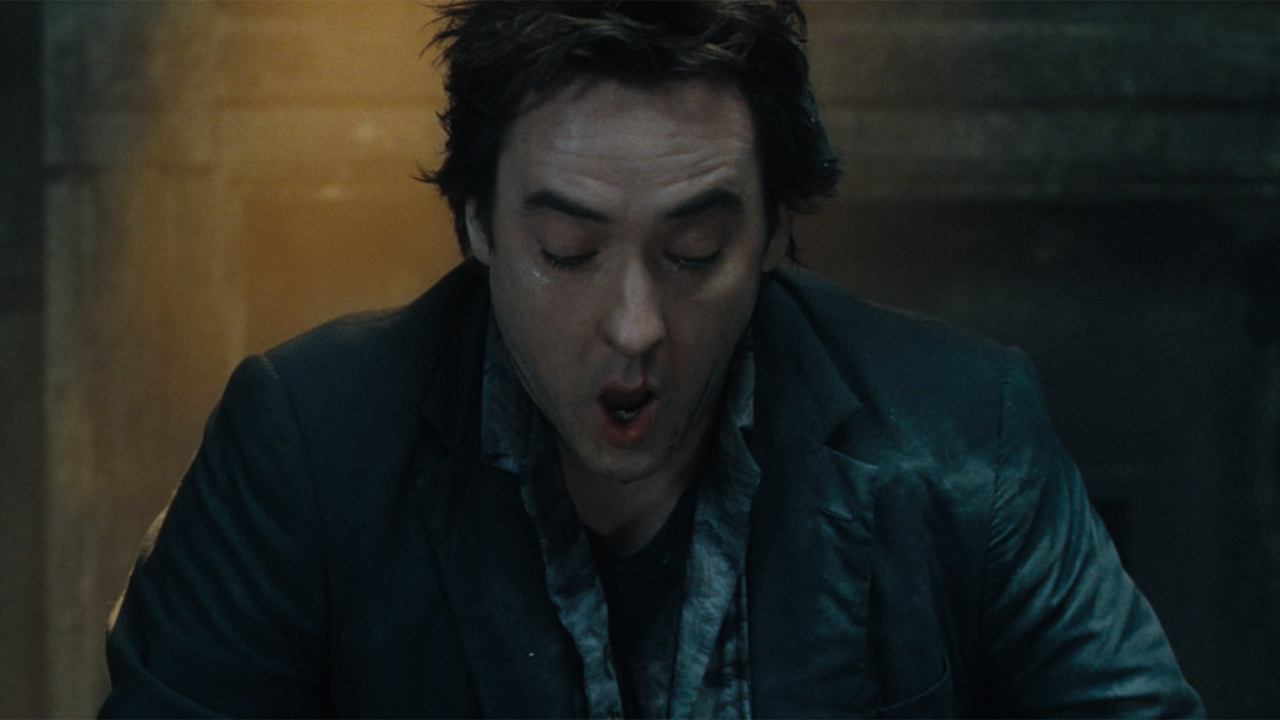
How Mikael Håfström’s 1408 Differs From Stephen King’s Short Story
As penned by Scott Alexander and Larry Karaszewski (with Matt Greenberg credited with the original draft of the screenplay), 1408 is what could be called a logical adaptation of a Stephen King short story: just about everything from the source material is included, but it’s all expanded on so that it hits feature length. This is most notably accomplished by expanding the first act and adding more depth and history to the protagonist.
In the King version, readers are introduced to Mike Enslin (John Cusack) at the moment he enters the Hotel Dolphin (changed to the Dolphin Hotel in the movie), but the film provides a series of original sequences that help us get to know the character prior to that moment. Through scenes including a stay at another supposedly haunted location, a book signing, and a call with his publisher, Sam (Tony Shalhoub), we get an understanding of Mike’s personality and emotional state, and we get a hint at some emotional baggage involving his ex-wife, Lily Enslin (Mary McCormack).
Said emotional baggage is wholly invented for the movie, and really becomes the heart of 1408, as the primary way that the titular room tortures the paranormal investigator is by haunting him with memories of his young daughter, Katie (Jasmine Jessica Anthony), who died following a battle with a terminal illness. Stephen King writes in Stephen King Goes To The Movies that this “old Hollywood trick” of adding backstory is “always dangerous and rarely successful,” but he adds that in this particular case “it works.”
Almost everything that Mike Enslin endures in the movie’s version of Room 1408 is original material from the screenwriters – including the attempt to climb out the window, the trip through the ventilation system, the countdown alarm clock playing “We’ve Only Just Begun” by The Carpenters, the extreme changes in climate, and the extended sequence where Mike thinks that he has escaped and that the whole experience was just a dream following a surfing accident. The adaptation keeps some details from King’s short story, like the crazy phone calls that Mike gets and the shifting paintings, but most of the material is new.
What’s most interesting about comparing “1408” as a short story to the adaptation, however, is analyzing the multiple endings – none of which portray exactly what happens in King’s version. As originally published, Mike Enslin purposefully lights his lucky Hawaiian shirt on fire while he’s wearing it. This action leads the room to let the protagonist go, and in the hallway another hotel guest saves Enslin’s life by dousing him with an ice bucket.
The ending of the theatrical cut of 1408 is certainly the closest that the movie gets to King’s version. Rather than setting himself on fire, Enslin tries to burn the whole room down with a Molotov Cocktail made from a cognac bottle, and he ends up getting saved from the fire by a crew of firefighters. After some recovery time in the hospital, he gets back together with Lily, and he starts to write about his experiences as they move back in together. Digging through boxes, she ends up finding the Dictaphone he was using in 1408, and when they play the tape they hear the writer having a conversation with his daughter – confirming to them both that everything that he experienced was real.
In the director’s cut, Mike Enslin makes the same Molotov Cocktail, but he is killed in the fire – sacrificing himself so that the room will be destroyed. At his funeral, Mr. Olin (Samuel L. Jackson) tries to give Lily her ex-husband’s personal effects that survived the fire, but she refuses. Going into his own car, Olin takes out the Dictaphone and listens to the tape, and he understands what happened in 1408. There is a jump scare as Olin sees Enslin’s charred corpse in his back seat… but then the action returns to the burned down haunted hotel room where we see Enslin as a ghost responding to a call from his daughter.
The third ending, which is not included in any official cut of 1408, also sees Mike Enslin die, and the final scenes feature Lily and Sam getting together to mourn. When Sam goes back to his office, he receives a mysterious package in the mail from Enslin, which turns out to be a manuscript titled 1408. As Sam reads, he discovers that it recounts everything that happened to the writer at the Dolphin Hotel, though it’s left a mystery how the manuscript actually exists.
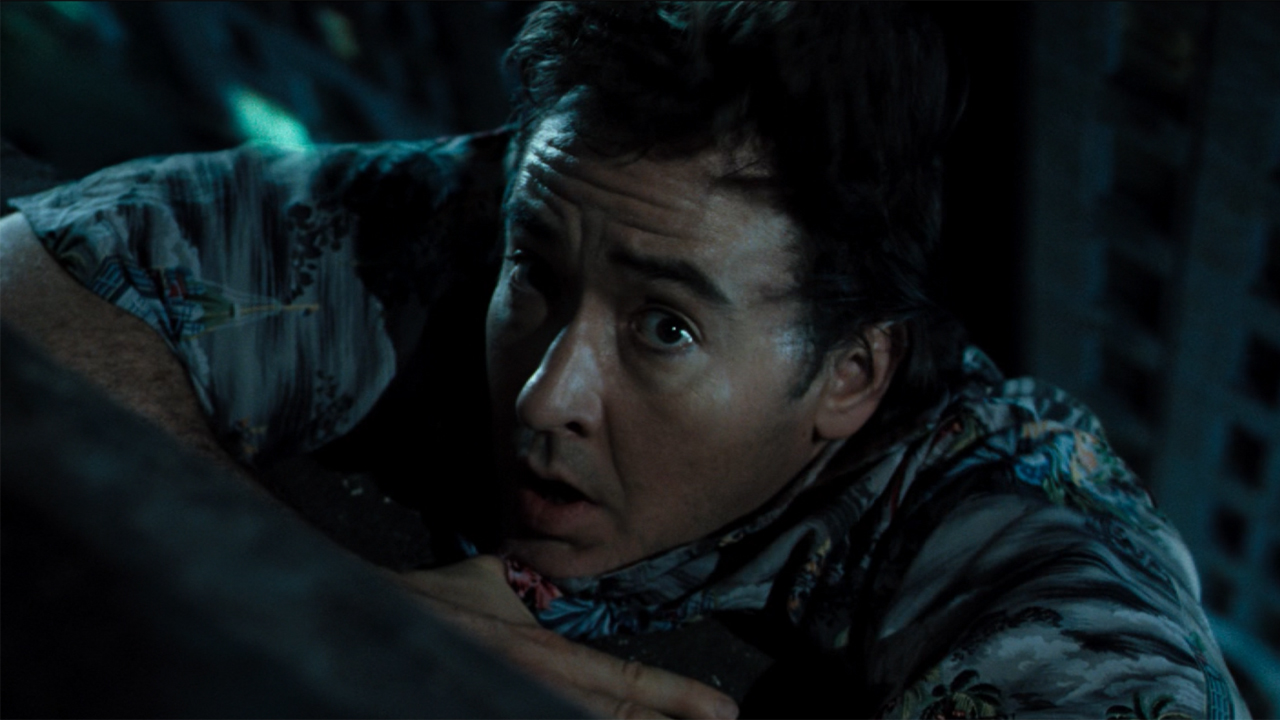
Is It Worthy Of The King?
Mikael Håfström’s 1408 can be called impressive just simply for the reason that it actually exists as a studio-produced feature film. With a high-concept plot featuring a single individual locked in a hotel room being terrorized, you’d think that it would either A) get noted to death by executives until it became unrecognizable when compared to the source material, or B) get stuck forever in development hell because filmmakers wouldn’t or couldn’t execute the demanded changes.
But it does exist, and it’s surprisingly effective.
1408 pre-dates the idea of Escape Rooms as a popular trend and social activity, but it basically plays like one – the exception being that there are no rules. As orchestrated, it’s pretty exciting and fun. John Cusack’s Mike Enslin is a smart protagonist who thinks like a real person as far as trying to find a way out of the hotel room (he moves the story forward instead of the story moving him), and it keeps you on your toes as far as not knowing how the evil will strike next.
It has its own internal logic that it works with, and in retrospect it’s interesting to read and track the motivations. I’d go as far as to say that it makes more sense than the source material, as I don’t quite get why setting himself on fire was the character’s successful method of escape (the room clearly wants its inhabitants to take their own lives, so what’s wrong with immolation?)
The principal weakness of 1408 is the way in which it tries to get the audience to question Mike Enslin’s sanity. The story is scary because it’s about a character who rejects the idea of evil but then finds himself directly confronting it – and that concept is undercut by the idea that he may just be crazy and everything happening is just in his head. And while I can modestly appreciate the rug pull that is the sequence where Enslin thinks that the whole experience was just a hallucination while nearly drowning during a surfing accident, it doesn’t work effectively because the movie is unable to establish an alternative direction for the story and just becomes aimless for about 10 minutes of runtime before the reveal that he’s still in the hotel.
Because it’s a PG-13 movie, it relies too heavily on jump scares whenever it needs to spike the pacing a bit, but it’s a solid effort, and one of the better examples of a Stephen King short film being expanded for feature-length.
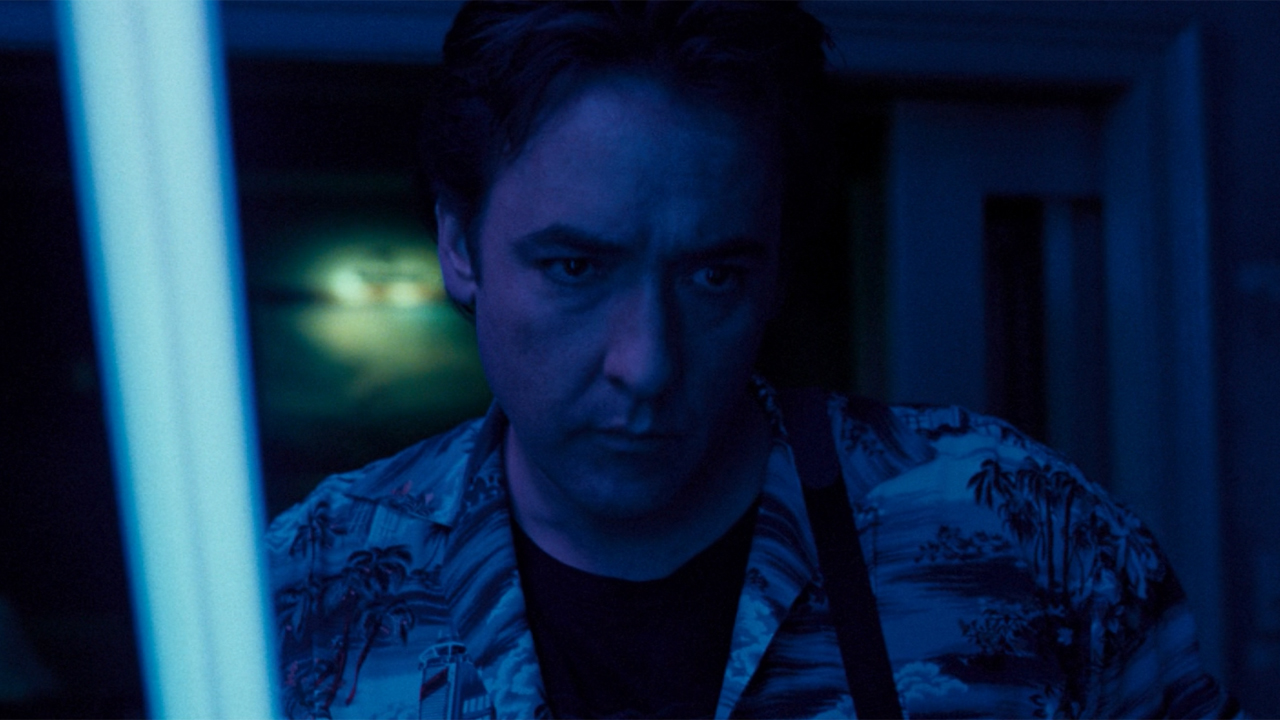
How To Watch Mikael Håfström’s 1408
There are some Stephen King adaptations that a terrifically hard to find and watch. Mikael Håfström’s 1408 is not one of those adaptations. If you don’t mind the occasional commercial interruption while screening a movie, the internet is full of free opportunities to watch the John Cusack film, as it is currently being hosted by Plex, Pluto TV, Tubi, The Roku Channel, and FreeVee. Of course, there are also options if you’re not ok with ads, as you can also rent or purchase it digitally on Amazon Prime, Vudu, Apple, and Google Play. The director’s cut of the movie is also available for online acquisition at some of those vendors, and physical media collectors (including those of you who are building your own Ultimate Stephen King Collection) can buy it on Blu-ray.
Looking ahead, Adapting Stephen King will next dig into what is only the second foreign language film based on a King story. In 2007, Indian writer/director Anurag Kashyap helmed No Smoking – based on the 1978 short “Quitters, Inc.” – and it is quite a crazy ride. Look for the piece here on CinemaBlend in our Movies section next Wednesday, and click through the banners below to discover all of my previous columns.







Eric Eisenberg is the Assistant Managing Editor at CinemaBlend. After graduating Boston University and earning a bachelor’s degree in journalism, he took a part-time job as a staff writer for CinemaBlend, and after six months was offered the opportunity to move to Los Angeles and take on a newly created West Coast Editor position. Over a decade later, he's continuing to advance his interests and expertise. In addition to conducting filmmaker interviews and contributing to the news and feature content of the site, Eric also oversees the Movie Reviews section, writes the the weekend box office report (published Sundays), and is the site's resident Stephen King expert. He has two King-related columns.
